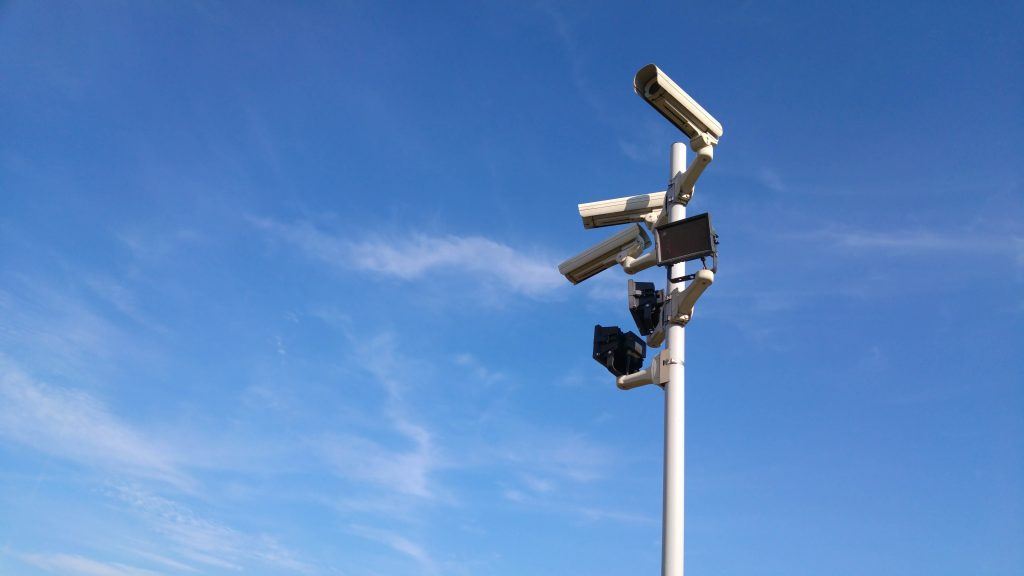Speed Cameras: Helpful or Harmful?
Speed Cameras: Helpful or Harmful?

Although Sacramento has its fair share of red-light cameras, California currently does not use speed cameras, which employ radar to measure vehicle speed. According to the Centers for Disease Control and Prevention, they have been used at various times and locations in 12 other states. California does not have laws prohibiting the use of such cameras. Despite their unpopularity with the public, we could see them used shortly as the state attempts to reduce its traffic accident and casualties statistics, especially in its larger cities.
How Do the Cameras Work?The cameras work because if one of the radar detection devices measures a vehicle’s speed above the legal limit, a photograph of the car is taken. That photo is then mailed to the registered owner of the car along with a speeding ticket. This procedure sounds familiar to those of us who have been caught on one of California’s many red-light cameras.
Of course, with any system being considered for implementation, there are pros and cons regarding the use of speed cameras, as well as lively debate about whether they result in safer drivers and safer roadways. At this time, the “nays” appear to be winning the debate, but as we will see later in the article, the discussion may be irrelevant.
Arguments in Favor of Speed Cameras are Largely AnecdotalBecause speed cameras are not uniformly used in most states, statistics on whether they result in fewer speed-related incidents are not readily available. It is hard to argue that if drivers are aware that speed cameras exist in certain areas, they will adjust their speed within those areas to avoid citations. This psychological aspect may be one reason to argue for their use in areas where excessive speed is a heightened danger, such as near schools or in construction zones.
Arguments Against Speed Cameras are Numerous- They are Unconstitutional. The Constitution asserts the right of an accused party to be able to confront his accuser. In the speed camera scenario, an accuser is an inanimate object.
- There is Not Sufficient Evidence that the Cameras Increase Safety. There is a bias from the vendors that sell the equipment to implement speed camera systems without sufficient research to conclude that the systems improve safety.
- Slow and Erratic Speeds are Hazardous. The safety risk is involved in driving slower than optimal speed for conditions, which an awareness of a speed camera could create. Additionally, the sudden realization of such a camera can cause an abrupt speed change by drivers, increasing the risk of rear-end accidents.
- Incorrect readings. Using these systems will result in incorrect speed measurements and will require innocent drivers to prepare their case to defend themself against the citation and fine. Adding to the difficulty of defending oneself against a photograph, because the tickets are received in the mail weeks after the alleged infraction, it puts the accused at a disadvantage regarding evidence collection necessary to combat the ticket. The accused may not even remember the circumstances of what they thought was a routine drive that took place weeks earlier.
- Mass Surveillance without a Warrant. The target population of these cameras is simple: anyone who drives a car, regardless of their driving record. The surveillance is completed without a warrant, and worries exist about the compilation and storage of the information and how that information could affect an accused’s insurance rates, for example.
- Citation is Issued to the Registered Owner – Who is Often Not the Driver. Unfortunately, in many cases, the vehicle driver who is allegedly speeding is not the registered owner to whom the citation is issued. This creates a situation where innocent citizens must take time and effort to defend themselves.
- There are Better Ways to Increase Driver Safety. Research has shown that effective speed control devices include signs indicating that the area is controlled by radar and physical obstacles such as speed bumps and roundabouts. Furthermore, the cameras are not effective in detecting erratic driving that could indicate an impaired driver – the human element of an officer or citizen observation is more effective in that regard.
- Primary Motivation is the Profit Motive. Speed cameras will result in a much higher number of citations being issued. As discussed above, some people who receive a citation may not even remember the incident. Others may not have been the driver at the time the citation was issued. A fair number of erroneous citations will be paid by the registered owner regardless, in the interest of saving time or out of fear of racking up late fees. Not to mention the number of actual speeders being cited and thereafter paying the citation will increase. The cities that have used speed cameras have significantly experienced increased revenue. This is an incentive that California city government officials may soon be unable to resist.
For now, California is free of speed cameras, but the debate continues. Because they are implemented in so few locations throughout the U.S., statistics regarding their efficacy in reducing automobile casualties are limited. However, what is not argued is that in each area that has implemented the cameras, revenue from traffic citations has increased. This profit motive may ultimately be enough to tip the decision to “pro” rather than “con” even without persuasive research on increased safety.
The following video discusses speed cameras and how they work.
Sacramento Car Accident LawyerBeing injured in a car accident that is not your fault can be stressful. If you or a family member has been hurt in an accident and needs legal guidance, call me for free, friendly advice at (916) 921-6400 or (800) 404-5400.
We are members of the Million Dollar Advocates Forum and the National Association of Distinguished Counsel.
See our case history of verdicts and settlements and our client reviews on Google, Yelp, and AVVO.
Photo by Pexels
:mm cha [cs 1012]